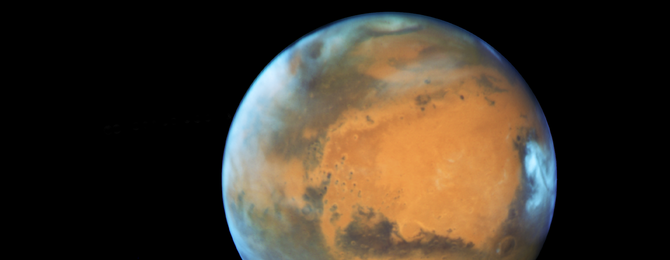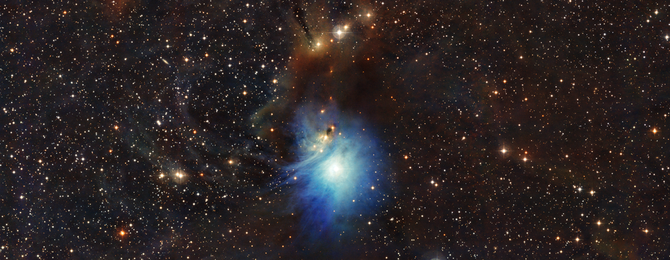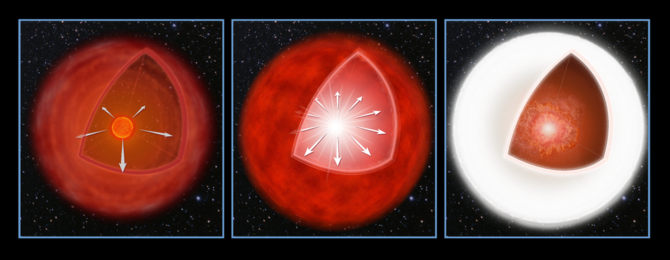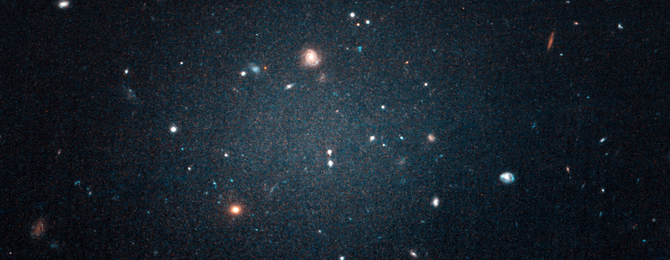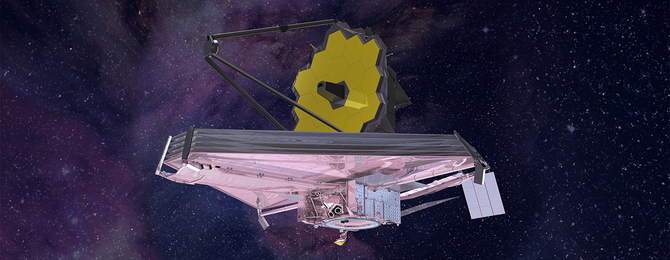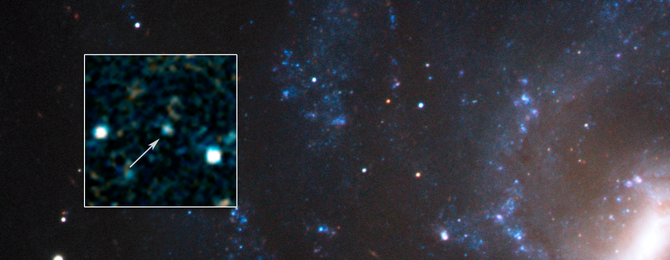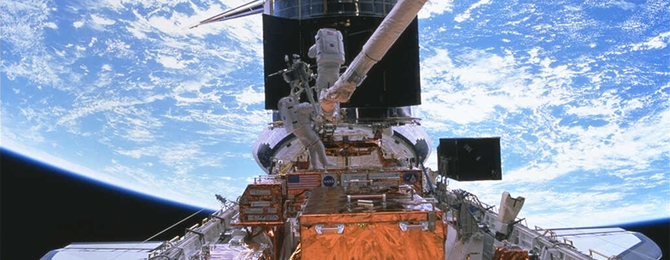Robby
Helper Bot
NASA's James Webb Space Telescope Early Science Observations Revealed
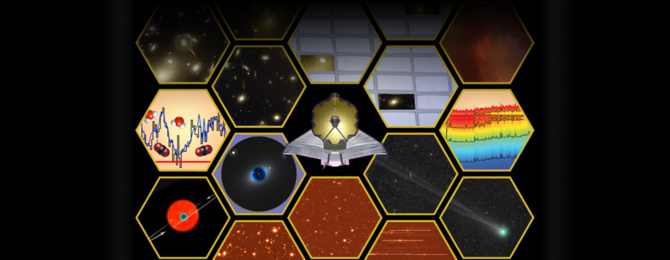
First Publicly Available Science Observations for Webb Announced
The Space Telescope Science Institute is announcing some of the first science programs NASA's James Webb Space Telescope will conduct following its launch and commissioning. These specific observations are part of a program of Director’s Discretionary Early Release Science (DD-ERS), which will provide the scientific community with immediate access to Webb data. These data will help inform proposals for observations in the second year of Webb operations. The 13 ERS programs will address a broad variety of science areas, from black hole growth and the assembly of galaxies to star formation and the study of exoplanets.
(More at HubbleSite.com)

First Publicly Available Science Observations for Webb Announced
The Space Telescope Science Institute is announcing some of the first science programs NASA's James Webb Space Telescope will conduct following its launch and commissioning. These specific observations are part of a program of Director’s Discretionary Early Release Science (DD-ERS), which will provide the scientific community with immediate access to Webb data. These data will help inform proposals for observations in the second year of Webb operations. The 13 ERS programs will address a broad variety of science areas, from black hole growth and the assembly of galaxies to star formation and the study of exoplanets.
(More at HubbleSite.com)

